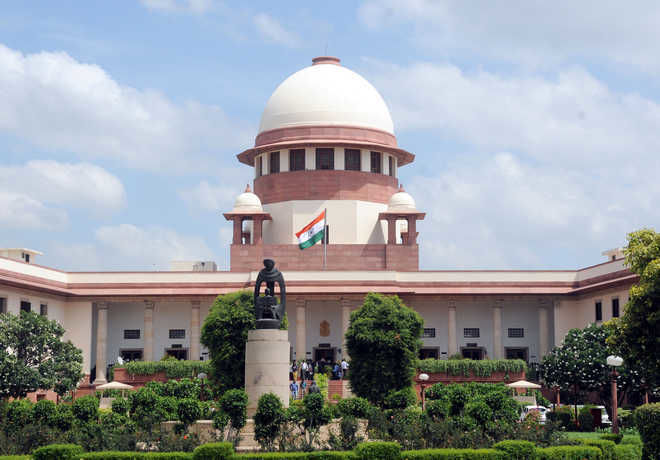Supreme Court lays down norms on portrayal of persons with disabilities in films
Satya Prakash
New Delhi, July 8
The Supreme Court on Monday laid down guidelines to prevent “disparaging” portrayal of persons with disabilities in visual media and films, saying that terms such as “cripple” and “spastic” have acquired “devalued meanings” in societal perceptions.
Avoid both extremes
Persons with disabilities should neither be lampooned based on myths nor presented as ‘super cripples’ on the other extreme. Supreme Court Bench
“There have been jokes made on disabled for comic relief. This understanding is obsolete under the new social model. This lack of familiarity arises due to inadequate representation of disabled in dominant discourse. We must distinguish disability humour which helps in understanding the disabled, but the other is disability humour which denigrates it,” a Bench headed by Chief Justice DY Chandrachud said.
Laying down a set of guidelines, the Bench said the film certification body CBFC must invite the opinion of experts before allowing screening.
“They should neither be lampooned based on myths (such as ‘blind people bump into objects in their path’) nor presented as ‘super cripples’ on the other extreme. This stereotype implies that persons with disabilities have extraordinary heroic abilities that merit their dignified treatment. For instance, the notion that visually impaired persons have enhanced spatial senses may not apply to everyone uniformly. It also implies that those who do not have such enhanced superpowers to compensate for the visual impairment are somehow less than ideal,” the Bench said.
It said “Creators (film makers) must check for accurate representation of a medical condition as much as possible. The misleading portrayal of what a condition such as night blindness entails may perpetuate misinformation about the condition, and entrench stereotypes about persons with such impairments, aggravating the disability,” it said.
Noting that persons with disabilities were under-represented and average people are unaware of the barriers persons with disabilities faced, the top court said, “Visual media must reflect their lived experiences. Their portrayal must capture the multitudes of their lived realities, and should not be a uni-dimensional, ableist characterisation.”
The verdict came on a petition filed by Nipun Malhotra — an Indian social entrepreneur and disability rights activist — who alleged that Hindi film ‘Aankh Micholi’ contained disparaging references to differently abled persons. Earlier, the Delhi HC had dismissed his petition, saying there should not be too much censorship.









